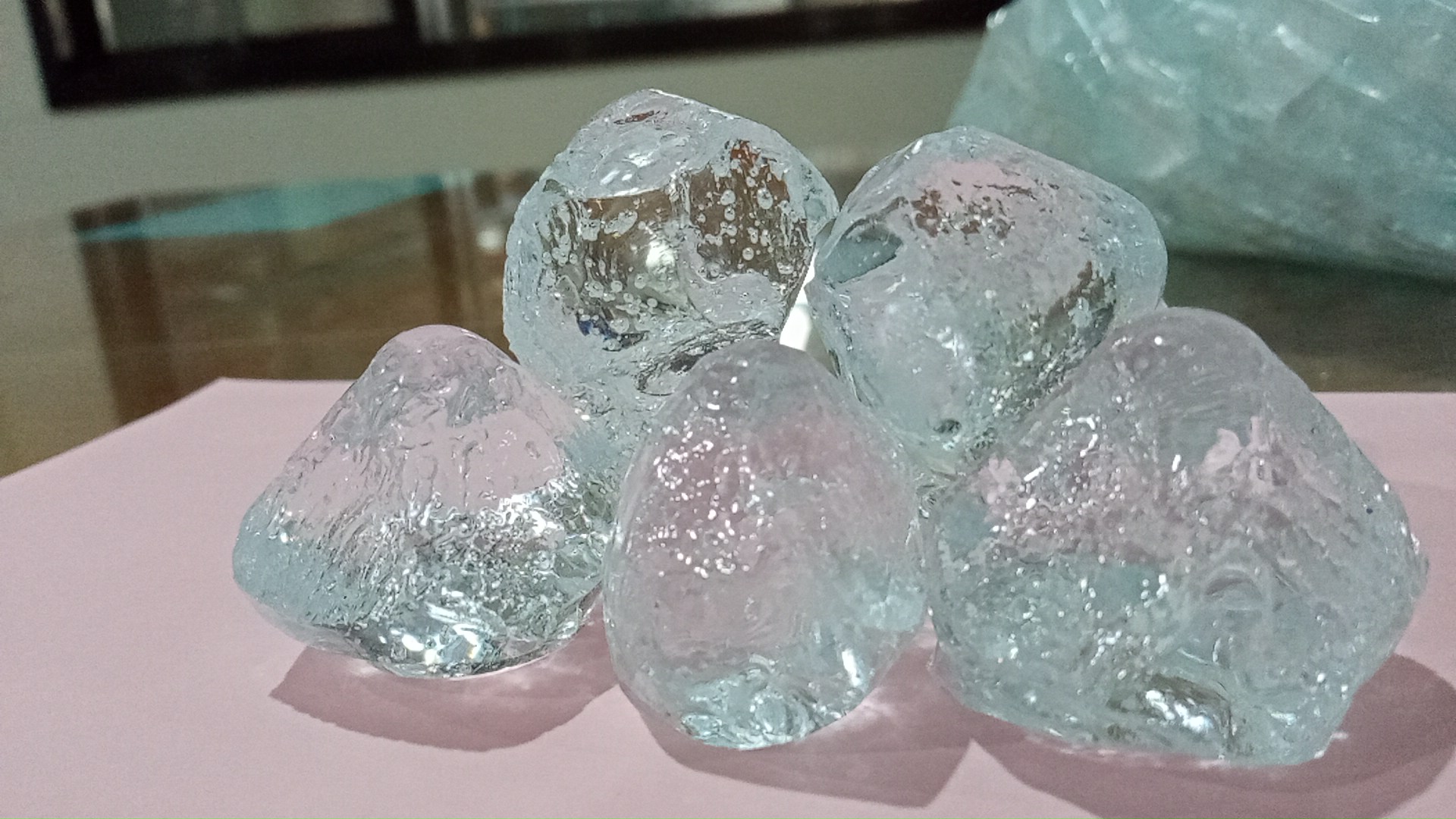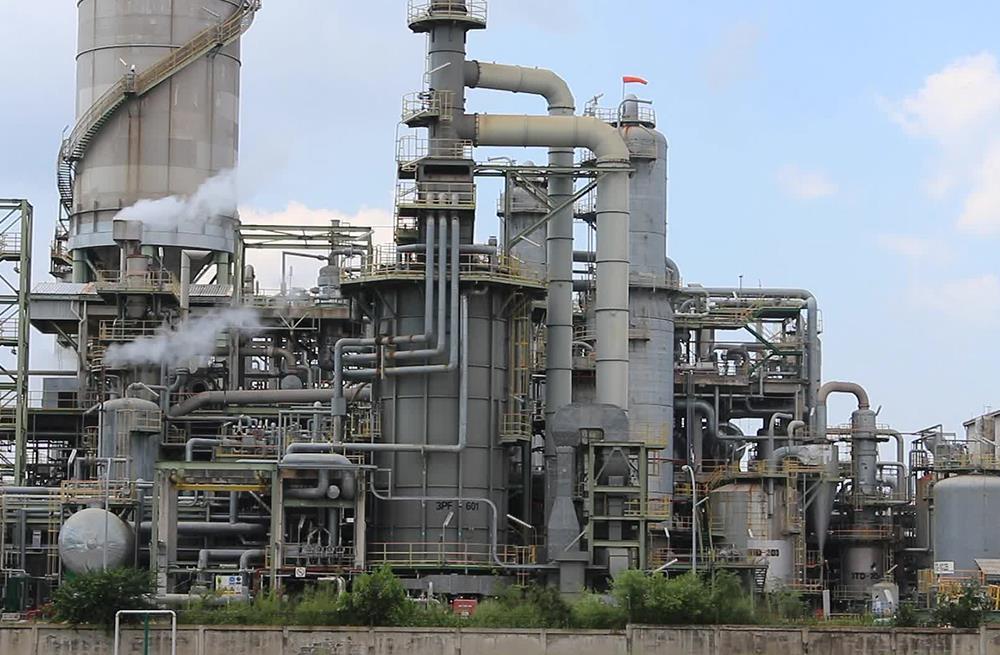Detailed Report On Sodium Silicate
Sodium Silicate, also known as water glass, is a versatile chemical compound produced from silica and sodium carbonate. It finds use in detergents, adhesives, construction, and other applications due to its adhesive and binding properties.
Introduction
Detailed Report on Sodium Silicate is as follows.
Sodium Silicate is an inorganic compound having properties not found in other alkaline salts. Sodium silicates are also known as water glass or liquid glass. Sodium silicate is stable in both neutral and alkaline solutions. In acidic liquids, silicate ions react with hydrogen ions to form silica acid, which when heated and roasted forms silica gel, a hard, glassy solid. When sodium carbonate and silicon dioxide are heated, they combine to form sodium silicate and carbon dioxide.

Sodium Silicate is a colorless chemical, that is made up of sodium oxide and silica oxide. It has several chemical formulae that differ in the quantities or ratios of sodium oxide (Na2O) and silicon dioxide (SiO2). It is water soluble and it’s produced by heating silica sand and sodium carbonate to temperatures between 1200 and 1400 degrees Celsius. Water glass is an aqueous sodium silicate solution.

Soaps, detergents, and silica gel are all made with sodium silicate. It functions as a cement, binder, filler, and adhesive. It is also used as a wall coating, a fire retardant, and a sealer. It is also used to preserve eggs and timber. In addition, sodium silicate is employed in the textile and pharmaceutical sectors. Neutral sodium silicate in liquid form is suitable for use in medical and toilet treatments. The two main raw materials used in the production of sodium silicate are silica sand and sodium carbonate. The proportions of these two basic ingredients will change based on the final product’s Na2O/SiO2 ratio.
Detailed Report Sample On Sodium Silicate



Market Potential Of Sodium Silicate
In 2022, the worldwide sodium silicate market was worth $7.5 billion. Looking ahead, IMARC Group forecasts the market to reach US$ 10.0 billion by 2028, with a 4.65% CAGR from 2023 to 2028.
Some of the major factors propelling the market are rapid industrialization activities, stringent environmental regulations, increasing urbanization and infrastructure development, widespread product utilization in water treatment, and increasing product adoption as an adhesive in automotive manufacturing.
Water glass is an inorganic material made up of silicon, sodium, oxygen, and water. It is made by melting silica sand and sodium carbonate at high temperatures. Sodium silicate has a high alkalinity, is water soluble, and adheres to surfaces. It’s widely used in detergents, paper, textiles, building, water treatment, soil stability, fire protection, and adhesives. Sodium silicate is a low-cost, versatile, and ecologically safe material having string-bonding characteristics as well as acid and water resistance.
Contents of Project Report
A project report helps you identify whether a project is worth pursuing. It presents the holistic view and brings complete insight of the business and its activity.
It acts as a guide for all the business operations, aids in taking all financial decisions related to the existing businesses and to the start-ups. It serves as roadmap to the business and provides information to the outsider who are wanting to know more about the business.
You will have the opportunity to build new goals and expansion ideas in one single document. Everyone, from the banks to potential investors, will need to have a look at the project report before they shell out any money.
A well drafted project report generally consists details about:
- Brief History of the Business
- The Promoters
- SWOT Analysis
- Industry Outlook
- Past Financial Statements
- Projected Financial Statements
- Infrastructure and Human Resource required
- CMA data
- Business model
- Requirement of Working Capital Funds
- Means of Finance
Other relevant information, if any.
